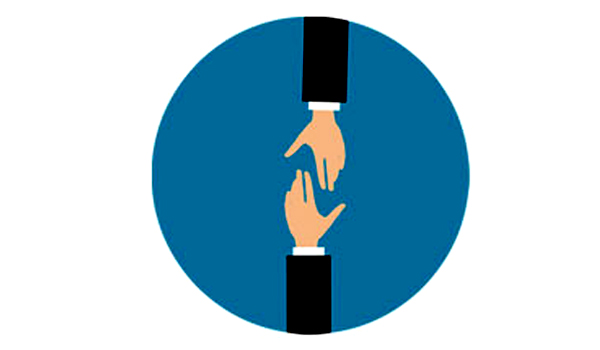Find Best Long Term Care Software for Your Business
We help you find the right Long Term Care Software for your business.

Browse Popular Long Term Care Software
Up-to-date listing of Long Term Care Software to assist you throughout your software selection and purchase journey.
Long Term Care Software:
Long Term Care Software is a software that is used to automate the operations of nursing homes and long term care facilities.
Workflows and compliance guardrails can be streamlined to improve operational, clinical and billing efficiencies. The medical as well as non medical needs of people with chronic illnesses or disabilities can be met with long term care software. Usually, many types of clinical and non-clinical software can be included in Long Term Care Software that can be used in home health agencies, nursing homes, and assisted living facilities and hospice facilities.
Features and Benefits of Long Term Care Software:
The Long Term Care Software has several features that can benefit the user in many ways to grow their business. Some of these include:
- A variety of services can be included in the software to meet teh health or personal care needs of a person during a short or long period of time which can assist people to live independently and safely when they can no longer perform everyday activities on their own.
- The software can be used by home care, day program, senior housing, nursing home, continuing care retirement community, and assisted living to improve resident care, maintain compliance, reduce labor cost, and increase reimbursement.
- The data is entered by user once and it flows through the system for various facilities as the software is a fully integrated electronic health record and billing solution.
- The specialized elements of financial management, reporting and analysis, and revenue cycle management can be streamlined.
- Good quality care can be provided with accurate information by the help of this software. It also help saving time, boosting efficiency and productivity, and reducing risk of redundancy by eliminating inconsistencies in documentation.
- Consolidated reports for multiple facilities and automatic inter-facility accounting can be provided. Records over long periods of time can be maintained.
- Usually, many types of clinical and non-clinical software can be included in Long Term Care Software that can be used in home health agencies, nursing homes, and assisted living facilities and hospice facilities.
- Patient care delivery process, from patient engagement to telehealth, practice analytics, automated check-in, care coordination, reporting, and more can be offered by the software.
- Medication errors, duplicative lab tests and missing diagnoses that can result in re-admissions and increased cost can be eliminated by true interoperability, across every venue of care.
- Areas of interest can be identified and concern to address issues before they become problems. Goals and thresholds can be created and trend lines can be visualized to affirm you are providing the best care.
- The software includes documentation tailored to the long-term care workflow, supporting all your clinical needs.
- Billing efficiency can be improved by simple icon functions, streamlined menu options and professional reporting.
- Caregivers can document easily at the point of care by portable devices and wall-mounted touch-screens.
- The user experience can be enhanced while supporting regulatory requirements for skilled nursing services. The software is is continually updated to adhere to regulatory changes and to best serve our client organizations.
- The undesirable effects of paper documentation can be eliminated and it also help identify when resident acuity levels change and decrease.
- Clinicians can be provided with patient-identifying and behavioral health specific information through interactive chart elements.
- The lives of people with developmental disabilities can be improved with electronic documentation software.
- The clinical, financial, administrative and management functions of Home Health is supported. Clinicians can review patient electronic medical records and provide documentation at the point-of-care.
- It enable the free flow of information access across disparate system and health care entities that help improving data exchange and supporting an open collaborative development community.
- Easy accessibility and communication from different care teams can be facilitated.
